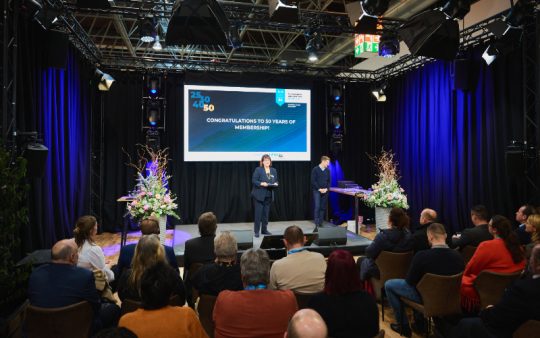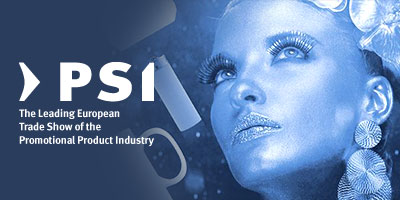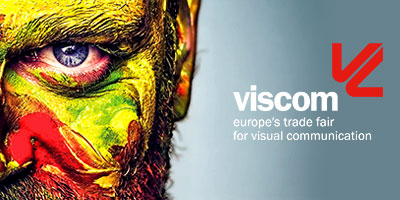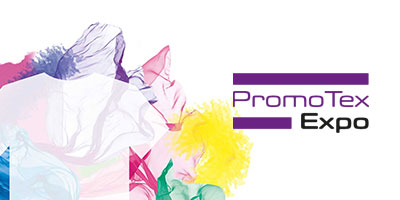A print coating that kills germs

Published on 20.05.2020
Pathogens often adhere to smooth surfaces – especially if they pass through many people’s hands. Now, there is a special dispersion coating that leaves germs no chance of survival.
Viruses and bacteria can be found on all smooth surfaces, and printed materials are no exception t this rule. Invisible to the naked eye, pathogens frequently attach themselves to items that pass through many hands, e.g. business cards, magazines, brochures, flyers or menus.
The open-pored structure of paper or cardboard makes it very difficult to create a finish that kills pathogens reliably long-term. There is now a new print coating available that helps solve this problem. Made by creart-spezialdruck, a company specialised in creating individual printing products, this dispersion coating is anti-microbial, making print products safer. Its efficacy has been proven in a scientific trial carried out by the Fraunhofer Institute.
Light and oxygen
The science behind this method is relatively simple: contact with daylight or artificial light activates oxygen on the surface of the coating. This destroys up to 99.5 percent of bacteria, viruses and fungal spores that adhere to the surface after human contact. The cleansing process is triggered whenever the coating is exposed to light and it remains effective on printed materials for at least a year. When items are kept in dark surroundings, such as in cupboards or drawers, the coating becomes inactive and is only reactivated once it comes into contact with light and air again.
Application
The photocatalytic dispersion coating is applied to both sides of printed materials. It is available in a satin and glossy finish. Daylight or artificial light excites the photocatalyst contained in the coating which then cleans the surface using the oxygen released during the process. This makes it possible to create hygienic products for use in public spaces, at events, or in the catering industry.
Text: Caroline Zöller
Image: creaet














